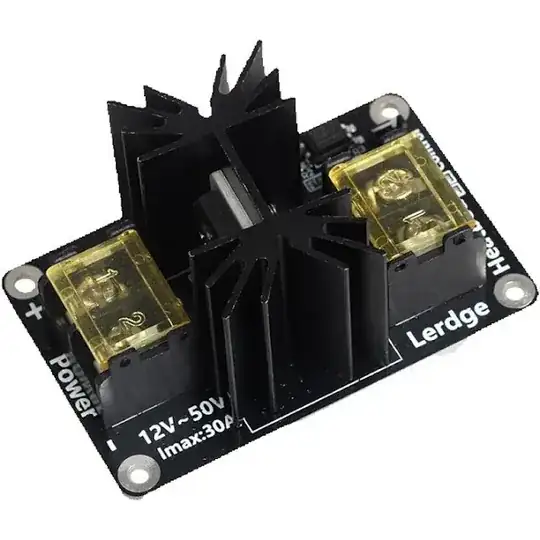I want to control a nichrome wire with the PWM signal from a Raspberry Pi. The MOSFET modules that can be found on the net for the combination with a Raspberry became much too hot. So I decided to try a heatbed module from Lerdge for 3D printers, which can handle much higher loads.
I connect the control input to the Raspberry Pi 3+ I'm using and the power input of the module to 24V DC. To the clamps marked with Heatbed I connected both ends of the nichrome wire. The power led lights up and when I send a PMW signal from the Raspberry the control led flickers in time with the signal but the nichrome wire stays cold. I also do not measure any voltage between the heatbed terminals. No matter whether with or without PWM signal. I have three identical modules and they all behave identically. Therefore, I do not think that the MOSFET is broken.
Has anyone ever successfully controlled such a module with a Raspberry Pi (or similar) and can tell me where my error is?
